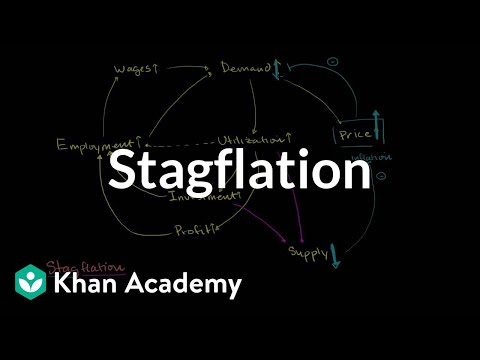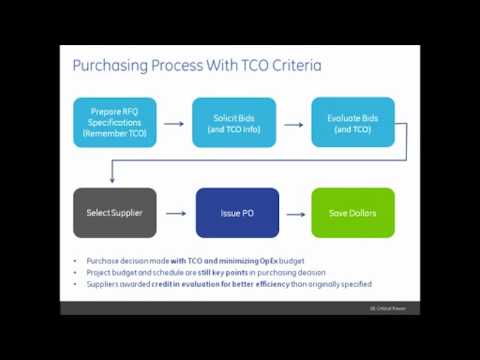Contents:


Standard costing is an essential tool to help businesses identify inefficiencies and waste areas. By understanding where costs are incurred and how they compare to budgeted costs, businesses can better decide where to allocate resources. Decisions made by business owners and managers have a direct impact on the company’s bottom line.
Public Advocate says Maine’s competitive power supply market isn’t … – fox23maine.com
Public Advocate says Maine’s competitive power supply market isn’t ….
Posted: Thu, 13 Apr 2023 02:43:00 GMT [source]
If it takes five hours to make a product, and you pay your employees an average of $15 per hour, your direct labor cost would be $75. However, it could still affect your standard cost indirectly if it enables you to produce products more quickly, or with less waste. Budgeting is an enormous challenge for all business owners, but that’s especially true for manufacturers who often deal with varying material costs, making it difficult to estimate expenses and profits. Many attempt to resolve this issue using a practice known as standard costing. All a company needs to do to calculate its inventory value is to multiply the amount of actual inventory by the standard cost of each item.
This can lead to over or under-absorption of manufacturing overhead costs. Explaining standard costing and variances to manufacturing operation staff can be difficult. However, it is crucial to do so to help them understand the financial side of the business.
So, management can use standard costs to make budgets and estimates for bids on more accurate jobs. The top management can use a standard cost system to help them plan and make decisions. Standard costing is a process whereby the unit cost of a product or service is computed by applying a standard set of costs to standard quantities of inputs. The purpose of standard costing is to provide decision-makers with information for short-term planning and control.
Once the standard cost has been determined, it can be used to price inventory items, track actual costs, and compare them to the standard cost. Standard cost is the traditional method of allocating manufacturing overhead to products. It is based on a predetermined overhead rate applied to the standard direct labor hours used to produce the product. The standard direct labor cost is multiplied by the hours worked to produce the product. Standard cost accounting is a traditional method for analyzing business costs. It assigns an average cost to labor, materials and overhead evenly so that managers can plan budgets, control costs and evaluate the performance of cost management.
Standard Costing: Definition, Features, Advantages, Disadvantages
This technique is a valuable aid to the management in determining prices and formulating production policies. Standard costing equips cost estimates while planning the production of new products. The management can make comparison of actgual costs with the standard costs at periodic intervals and take corrective action to maintain control over costs.
Study finds out-of-shape recruits cost Army millions as branch battles recruiting crisis – Fox News
Study finds out-of-shape recruits cost Army millions as branch battles recruiting crisis.
Posted: Fri, 14 Apr 2023 06:00:00 GMT [source]
https://1investing.in/ costing often is used in conjunction with budgetary planning. Despite these disadvantages, using a variable overhead rate is often the best way to allocate manufacturing overhead costs. This is because it accurately reflects the actual cost of manufacturing the product. As a result, it can lead to better decision-making about pricing, production levels, and other aspects of the business.
Standard Costing: Introduction , Advantages, Formula and Example!
Thus the basic characteristics is of the ability to compare in a valid manner against an established baseline. Cost standards are predetermined targets, usually based on desired performance. They reflect accepted levels of effectiveness and efficiency. They provide a means of comparison that serves to evaluate actual performance. Variances can be computed at any stage with the information available from subsidiary records. Many firms compute rate and expenditure variance as and when costs are incurred.
- The success of standard costing system depends upon the accuracy and reliability of standards of each element of cost.
- In a traditional cost accounting system, standard costs are predetermined costs used to plan and control operations.
- Measurement of profits – Concept absorption of fixed overheads and measurement of profits is possible.
- Easy identification of sources of losses and wastages – A well-functioning standard-costing system will track the expense heads leading to losses and wastages.
Type of Standard – It is also necessary to determine the type of standard to be used, whether current, basic or normal standard. The choice of the type of standard depends upon its effectiveness for control of costs. Ideal Standard – It reflects a level of attainment on the basis of maximum possible efficiency. Current Standard – This standard is fixed on the basis of current conditions and remains in force for a short period of time.
Allows a Company to Budget
It provides a general idea of the cost of production, which can be useful in decision-making. They can be unrealistic if the cost of raw materials, labor, and other inputs change significantly. With a fixed amount expressed in dollars for material, labor, and for an estimated quantity of production.” QuickBooks is one of the most popular accounting software programs on the market and while it is one of the best options, it’s not necessarily the best for every business. For example, while QuickBooks is very robust, it may involve a steeper learning curve and come at a higher cost than competitors–especially for businesses that want to use its payroll features. For more information, check out our QuickBooks Online review.

Analysis of any variances and to ascertain the reasons of such variation. To develop forward looking and onward looking approach at each level of management.
Take the total of the cost you calculated in step 3, which shall be the firm’s total standard cost. Use the information provided to create a standard cost card for production of one deluxe bicycle from Bicycles Unlimited. To determine the standard for overhead, the coffee shop would first need to consider the fact that it has two types of overhead as shown in Figure 8.2. Greater detail about the calculation of the variable and fixed overhead is provided in Compute and Evaluate Overhead Variances. Arises—a difference between the standard and the actual performance.
Similarly, management establishes objectives, such as standard expenses, and then compares actual costs to these objectives to discover potential issues. In any manufacturing organization, it is critical to developing a sense of ownership and accountability for results among employees. One way to promote this culture is through standard cost accounting. When everyone understands and buys into the concept of standard costs, they are more likely to be motivated to work towards achieving those costs.

The percentages are next compared with those of the previous periods to establish the trend of actual and current standard from basic cost. If the actual performance is found to be abnormal, large variances may result and necessitate revision of standards. The standard cost is the amount anticipated to be paid for materials or labour. The standard quantity is the estimated amount of materials or labour used.
However, present value formula costing can only be effective if it is used correctly. One of the essential aspects of standard costing involves manufacturing personnel in all process steps. These predetermined costs are compared with the actual costs incurred.
- The difference between the standard and the actual cost helps the management know-how close to actual expenses matched with what is expected and decide the future course of action.
- The standard must be set to enable variances to be identified easily and quickly.
- However, accuracy remains important, particularly when market conditions change.
- It means that the actual costs are higher than the standard costs and the company’s profit will be $50 less than planned unless some action is taken.
- In order to calculate standard costs, Tom must dive into the details.
Standard costing, if applied in a non-repetitive production environment, might bring out misleading variances. However, the system can be employed in an organization producing tailor-made jobs only to a limited extent for ‘standard components’ which are used in a large number of jobs. Much of the clerical work can be eliminated by maintaining stock records in quantitative terms. Similarly, pricing of bills of materials or requisitions takes much lesser time as compared to the time required in pricing at actual cost. Preparation of cost reports becomes easier under the standard costing system.
Ideal standards, also called perfection standards, are established on a maximum efficiency level with no unplanned work stoppages. Codes and symbols are assigned to different accounts to make the collection and analysis of costs more quick and convenient. This also helps to analyze variance and, hence, enables managers to be effective in controlling the costs for which they are held responsible. In jobbing industries, as well as industries that produce non-standardized products, it is not possible to apply the technique advantageously.
Standard Costing is “the preparation and use of standard costs, their comparison with actual cost and the analysis of variance to their causes and points of incidence”. Standard cost is calculated by estimating the cost of production for goods and services. As an estimate, standard cost is expected to vary slightly from actual cost. Even a small business can regularly sell 10,000 units a year. Working with actual cost would require the collection of data for each unit.

If you are not using standard costing in your business, you may miss out on opportunities to save money and increase profits. Implementing a standard costing system can be challenging, but the benefits are well worth the effort. Standard costing can also help businesses to monitor their performance over time. By tracking the costs of different activities, businesses can identify trends and adjust their plans accordingly. This information can decide how to allocate resources and where to focus future efforts.